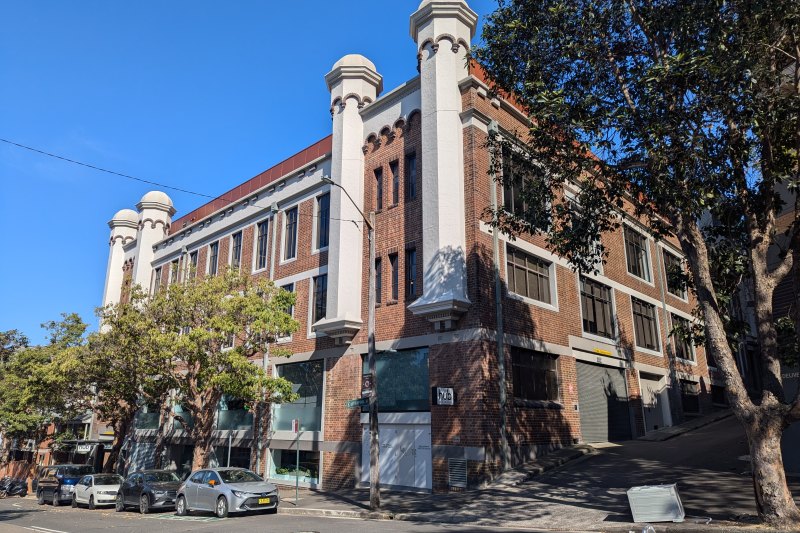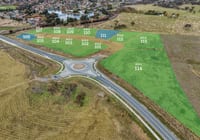
Big industry super property fund plunges to $1.5b loss on write-downs
ISPT, one of the country’s biggest property investors for industry superannuation funds, has plunged to a $1.5 billion loss in its flagship vehicle as real estate values fell and the cost of servicing its debt rose.
It is one of the biggest single losses in the property sector over the past year as the disruption in commercial real estate finally makes its way into the accounts of the big unlisted landlords, super funds and fund managers.
The wipe-out comes as ISPT, which oversees assets of around $21 billion, prepares to merge into a bigger industry superannuation-backed asset manager, IFM Investors. IFM has $220 billion in assets and the deal will create a superannuation-controlled powerhouse which invests in everything from real estate and infrastructure to shares and private equity.
IFM and ISPT are backed by the country’s biggest industry superannuation funds including AustralianSuper, Cbus, UniSuper, Hesta and Hostplus.
Merger talks between the two investment platforms, first revealed by The Australian Financial Review in June last year, have been successful and will soon be put to a vote of shareholders. The votes are expected to take place by the end of the year with the tie-up to be completed soon after.
ISPT’s shareholders, along with other superannuation funds, have invested across its nine property vehicles. Only one recorded a profit in the 12 months to June 30, filings with the Australian Securities and Investments Commission show. Its biggest vehicle is the ISPT Core fund, which holds $17 billion in office towers, along with some retail and industrial property.
The ISPT Core portfolio includes landmarks such as the Melbourne GPO building – now devoted to retailers such as H&M – and The Strand nearby, along with the National Australia Bank’s new Melbourne headquarters on Bourke Street. Its Sydney assets include Westpac Place and Liberty Place.
The flagship fund’s loss in the last financial year deepened to just shy of $1.5 billion, after recording a $264 million loss a year earlier. This was mainly due to property writedowns, although the fund does not disclose the extent of those writedowns. Financing costs also rose, and income fell.
The most pain for the flagship fund was felt in its office holdings.
The investment yields used to assess values rose by nearly 1 per cent, according to people with detailed knowledge of the accounts but not authorised to speak publicly. Office yields for major CBD office towers typically are in the 6 per cent range now.
As yields for commercial property rise, asset valuations typically fall.
The softening in yields applied to office assets has followed the rise in interest rates globally and is the main cause of disruption in the commercial property sector over the past two years.
The country’s largest office property funds have lost almost 27 per cent in value since the start of the downturn, according to MSCI. But the rate of decline is slowing, sparking hopes the bottom of the cycle is near.
For ISPT, softening yields in the industrial portfolio were largely offset by strong underlying market income growth, according to people with detailed knowledge of the accounts but not authorised to speak publicly.
Without the softening in yields which pushed valuations down, ISPT’s Core fund would have reported a net profit, they said. Those devaluations losses also took a toll on the total value of ISPT’s Core fund as well, which fell in value from around $18 billion to a little less than $17 billion.
The ISPT Core fund sold a Brisbane CBD mall for $145 million as well as the Eastgate Bondi Junction mall in Sydney for $127 million. In all, ISPT is hoping to divest around $800 million worth of property by December 31.
ISPT’s $2.5 billion shopping mall fund was its only success in the last financial year, posting a $46 million profit. The fund focuses on smaller local shopping centres and on the back of that success has launched a $250 million raising for the second half of this year.
The superannuation fund investment manager is not alone in its woes. Cbus Property, the real estate development and investment arm of industry giant Cbus, booked a negative 5.81 per cent return in the financial year.
Although the property arm has achieved an average annual return of 12.2 per cent over the past decade, the downturn has pushed that to just 2 per cent on average over the last three years. Cbus Property’s portfolio is worth around $6.6 billion, and includes offices and upmarket residential projects in Sydney and Melbourne. It has some $4.8 billion of work underway.










